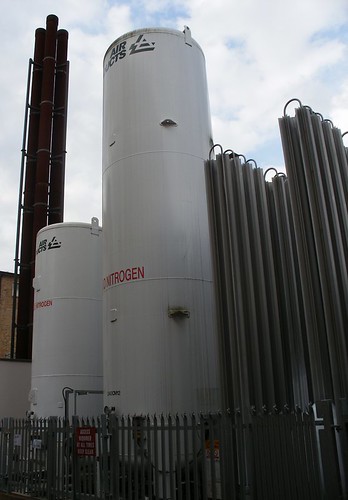Context:
Recently, a report published by Nature Communications highlighted the exacerbation of water scarcity worldwide due to a decline in water quality, particularly attributed to nitrogen pollution in rivers.
Key findings of the study:
- The study introduces the term “clean-water scarcity” and examines both water quantity and quality.
- The study considers global nitrogen pollution and numerous meteorological and socioeconomic scenarios.
- Nitrogen pollution can triple water scarcity in around 2000 sub-basins (smaller units within a larger catchment area) globally.
- Water scarcity is expected to affect 33% of global river subbasins by 2050.
- Water scarcity hotspots: Nitrogen pollution threatens sub-basins in South China, Central Europe, North America, and Africa.
- Impact on India: Nitrogen pollution is predominantly attributed to agricultural activities in the initial two climate scenarios. Thus, sewage is forecasted to become a primary source, surpassing agriculture in most scenarios.
Nitrogen
- Nitrogen makes up 78% of the Earth’s atmosphere. It makes the sky blue, makes up most of the air we breathe, and is found in all living things.
- Nitrogen fertilizes the croplands and it is an essential component of protein, which all living species require for growth.
- Nitrogen is the most common element in our atmosphere.
- Most organisms require pure nitrogen to be chemically linked with other elements, either naturally or artificially.
Nitrogen pollution:
- It refers to the high concentration of nitrogen compounds in the environment.
- An excess of some nitrogen compounds, such as nitrous oxide and ammonia, results in nitrogen pollution from human activities such as agriculture, industrial processes, and transportation.
- Each year, the environment loses 200 million tonnes of reactive nitrogen, which accounts for 80% of the total.
- It absorbs into the rivers, soil, and lakes and is released into the atmosphere.
- In some cases, nitrogen contributes to ozone depletion and climate change.
Sources of nitrogen pollution:
- Agriculture: The nitrogen and phosphorus in animal manure and chemical fertilizers are necessary to grow crops.
- Stormwater: Precipitation on hard surfaces, such as rooftops, sidewalks, and roadways, can carry pollutants like nitrogen and phosphorus into nearby waterways.
- Wastewater: Sewer and septic systems process enormous amounts of waste but may not always remove enough nitrogen and phosphorus before discharge into rivers.
- Fossil fuels: they are used for electricity, industry, transportation, and agriculture contributing to rising nitrogen levels in the atmosphere.
- Around the house: Fertilizers, yard, and pet waste, and some soaps and detergents contain nitrogen and phosphorus, which can contribute to nutrient contamination if not used or disposed of properly.
Impacts of Nitrogen Pollution:
- On Aquatic Ecosystem: It leads to toxic algal blooms and coastal dead zones which pose a significant threat to biodiversity worldwide such as in the Gulf of Mannar (India).
- Contribution to Climate Change: Release of Nitrous oxide and ammonia emissions which can lead to the formation of nitrous oxide and fine particulate matter. These GHGs can contribute to global warming and climate change.
- On Health: A rise in nitrate levels in water sources increases the risk of methemoglobinemia in infants and cancer in adults.
Measures to control nitrogen pollution:
At the National level:
- Soil Health Card: It provides farmers with detailed insights into soil’s nutritional status and recommendations for optimal nutrient application for reduction in nitrogen consumption in agriculture.
- Neem Coated Urea: Made mandatory to enhance the effectiveness of nitrogen use in agriculture which allows plants more time to absorb it efficiently.
At the International level:
- Gothenburg Protocol (1999): It is a multi-pollutant protocol designed to reduce acidification, eutrophication, and ground-level ozone by setting emissions ceilings for sulfur dioxide, nitrogen oxides, and ammonia.

